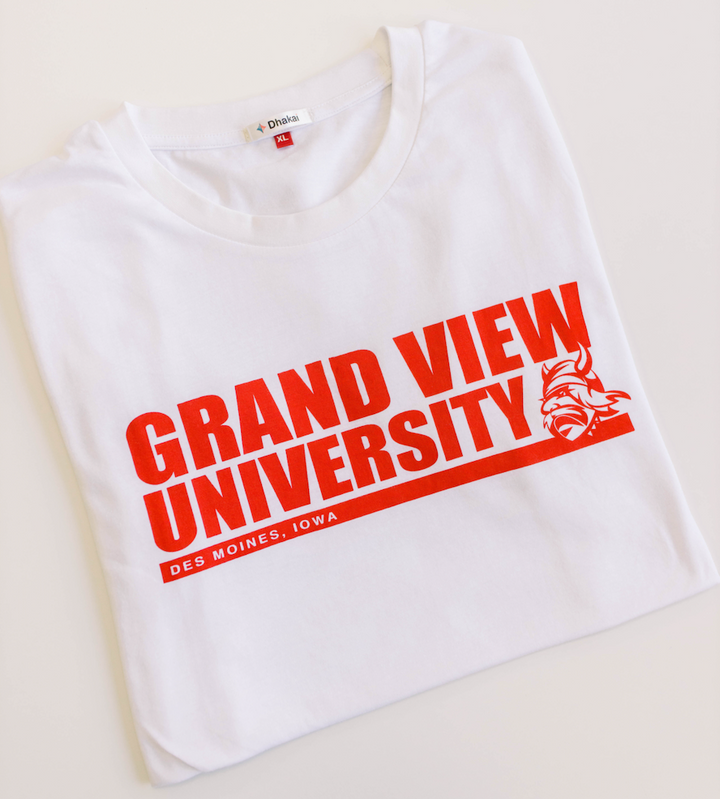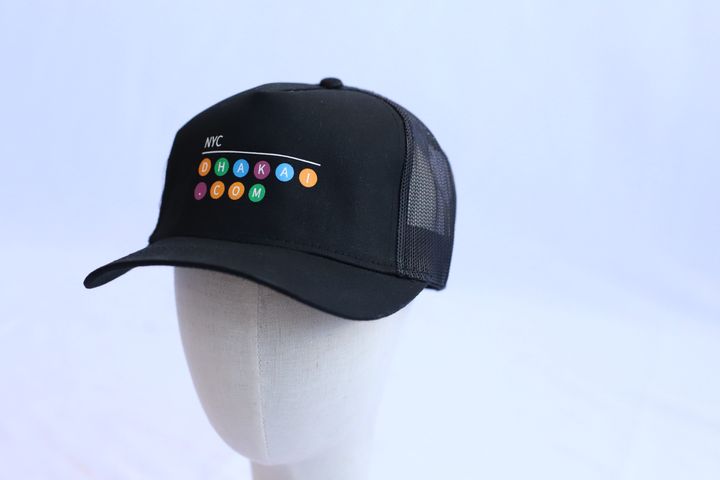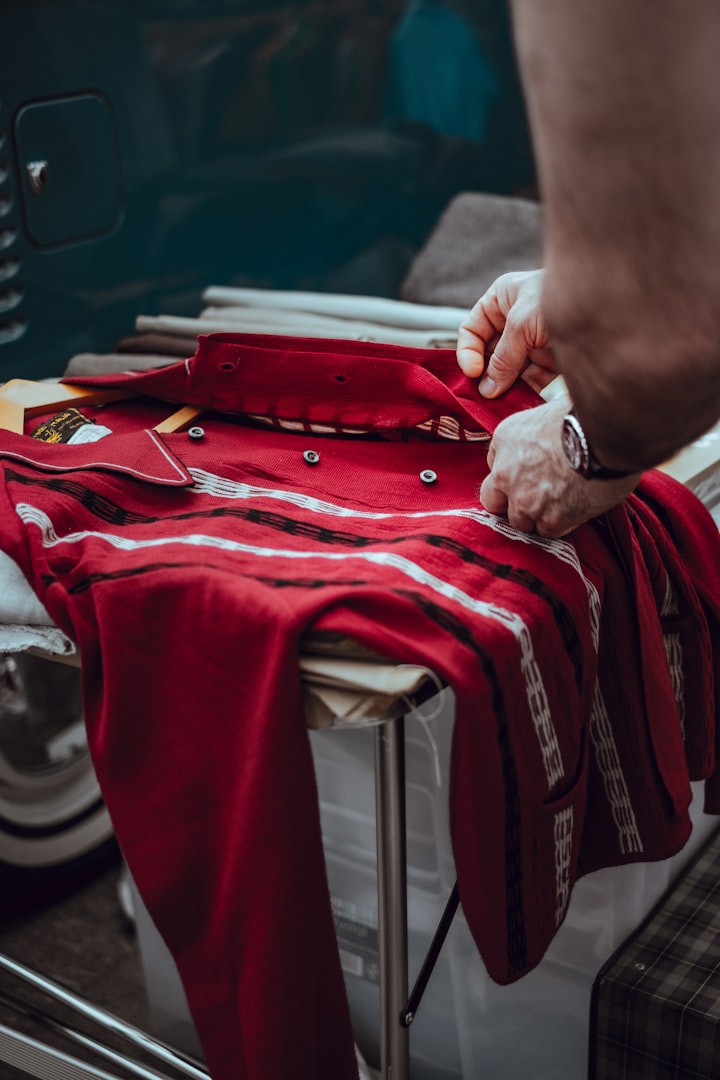The Fashion Design Process In 10 Steps
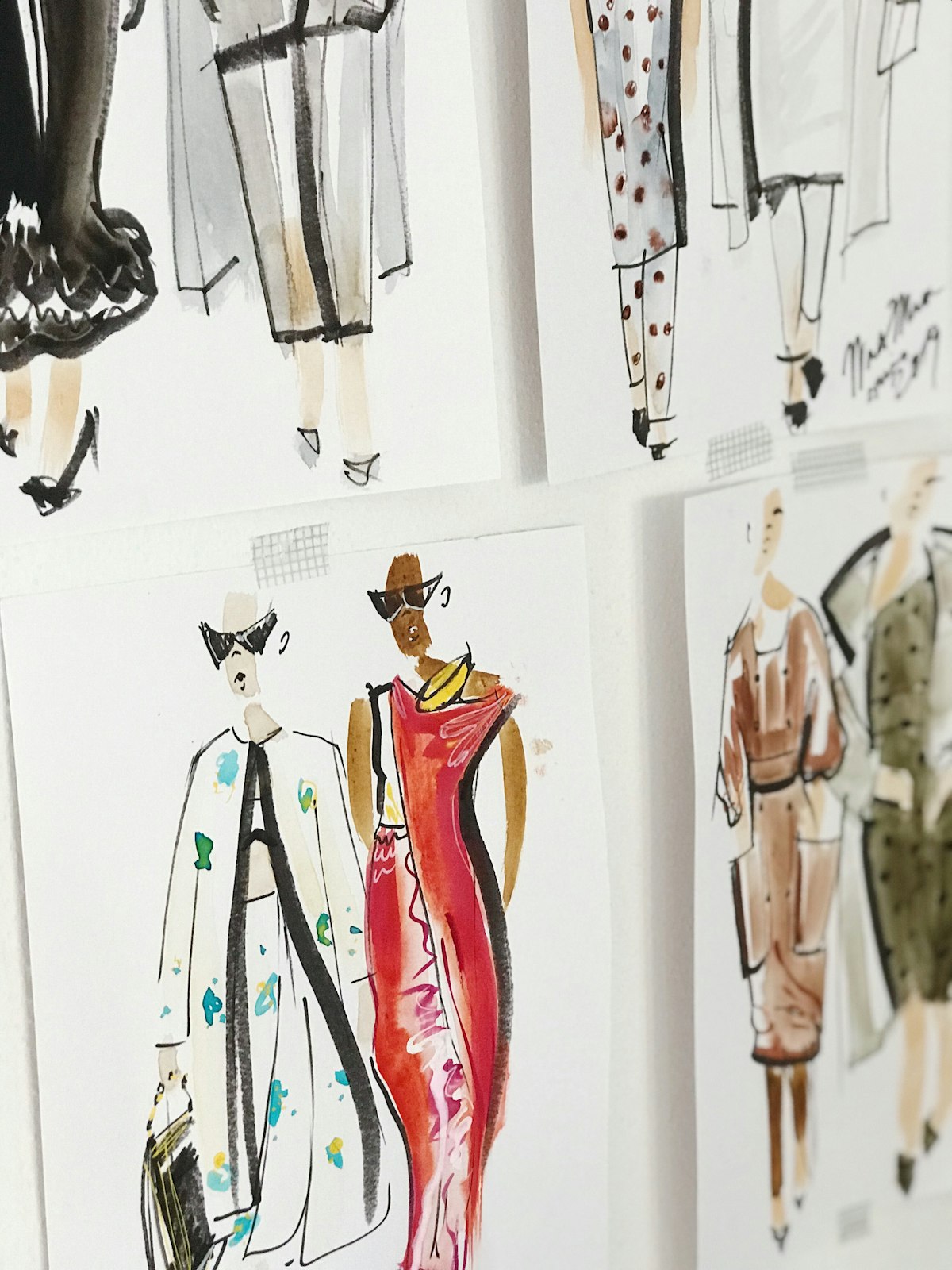
If you’re looking to create your own apparel products, getting to know the fashion design and production process is essential. As it can be complex, we have broken it down into 10 steps.
1. Research
The first step in the design process should be to research. It’s important to look through various information in the fashion landscape, such as trend forecasting, studying the work of other designers, historical fashion, culturally significant clothing, apparel construction, fabric styles… the list goes on and on. This will help you to generate realistic ideas on how you can appropriately create your own apparel items.
2. Gather Your Ideas
Decide Your Inspiration
Following your base of research, ideas will begin to churn. During this time, it’s a great time to reflect internally and externally, as this will help develop inspiration for your apparel product.

Create a Mood board
Once you feel inspired, it’s time to put together a mood board. This can be done on paper or virtually. Gather pictures from the internet, a magazine, pictures you have taken, etc. to create a theme for your mood board design. This can include textures, objects, art, people, colors, or anything else that serves as an inspiration for your product.
3. Sketch Your Design
There are a few ways you can go about sketching your fashion design.
By Hand
The traditional way of drawing your fashion design can be done by hand, with paper and pen, colored pencil, markers, etc.
Tech Design
The more modern version of creating a design sketch can be through digital sketching. You can use a digital drawing program or app to create the sketch, which allows for easy editing and refining of the design. These designs can later be tweaked to be put into a tech pack.
4. Source The Materials
The next step in the fashion design process is sourcing the materials needed for production.
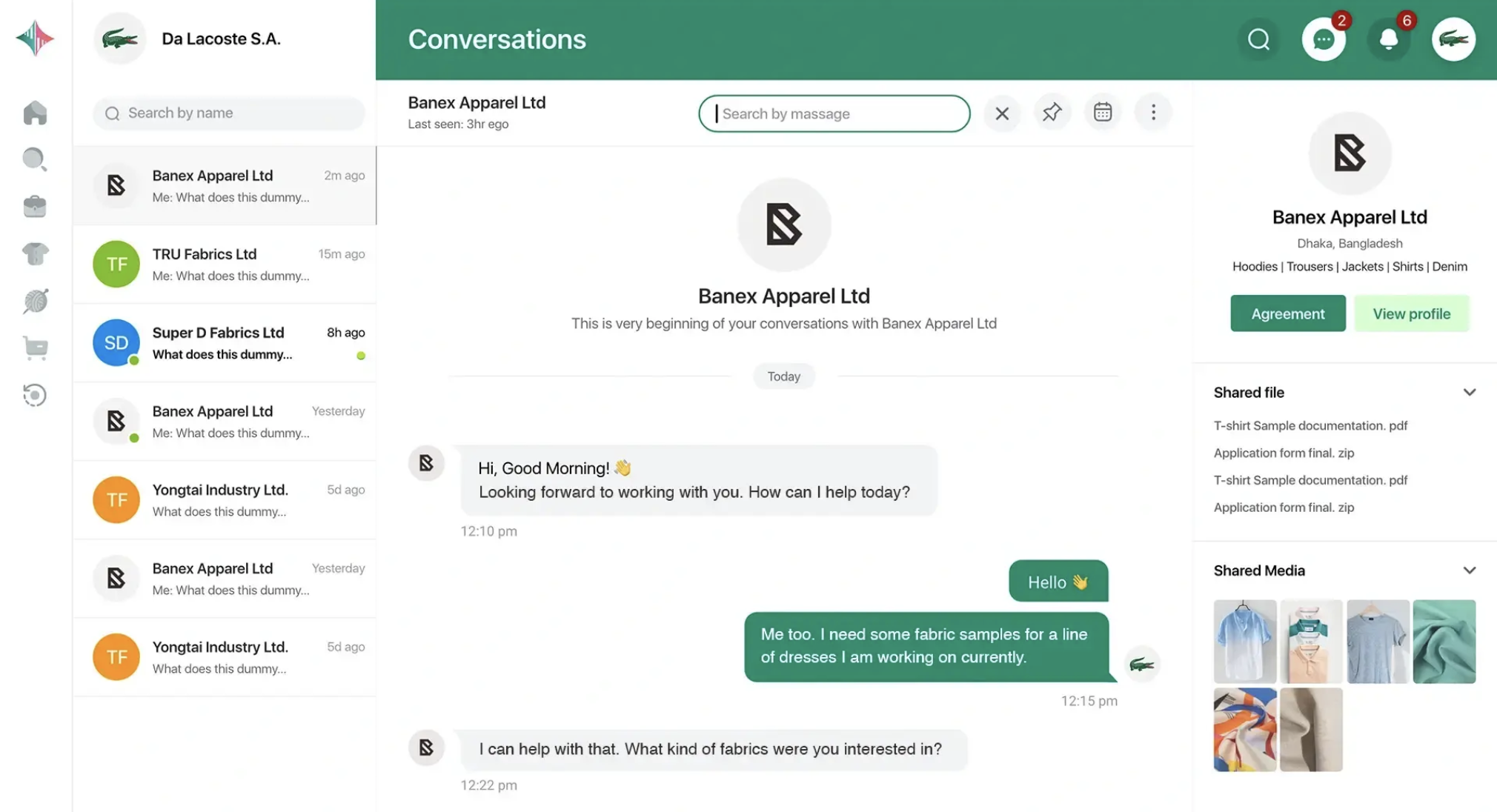
Choosing Your Supplier / Manufacturer
Prior to sourcing your materials, you must find a manufacturer that can successfully make your product. Having a verified manufacturer is important when it comes to sourcing the materials, correctly constructing the garment, communicating with the factory and delivering the sample order and final product on time. Different suppliers have different areas of specialty. Choose one that is going to be the best match for you and your business.
Through Dhakai.com, we offer access from over 500 manufacturers to choose from!
Selecting the Fabric

Fabric is an essential element in fashion design because it determines the look, feel, and drape of a garment. Different fabrics have different properties, such as their weight, texture, and drape, which can greatly impact the appearance and fit of a garment.
In addition to the visual and tactile qualities of fabric, there are also practical considerations to take into account. Some fabrics are more durable or easy to care for than others, and certain fabrics may be more suitable for certain climates or occasions.
Read more about quality checking fabric in our prior blog post here.
Including Notions and Embellishments
Notions are small, functional items that are used in sewing and fashion design, such as buttons, zippers, snaps, and hooks and eyes. These items serve a variety of purposes, from fastening garments to adding decorative elements.
Packaging
Product packaging is another element to consider when creating your product. If the factory is sending these items through dropship or directly to your customer, proper packaging is a crucial step to sourcing the materials.
5. Request for Quotation
This is the time you would ask for a request for quotation from your chosen source.
A request for quotation (RFQ) is a document that is used to request a quote or price estimate from a supplier or vendor. It typically outlines the products or services that are needed, along with any relevant specifications or requirements, and asks the supplier to provide a quote for the cost of supplying these items.
6. Tech Pack Creation
Next, either you or your designer will create a tech pack, which will include a technical design of your product. The tech pack also includes measurements and specs, fabric trim and details, a bill of materials, packing instructions, construction details, grading and much more. It’s the recipe that allows your manufacturer to correctly make your product.
7. Sample Order
A sample order is an initial production run of a new garment or accessory that is used for a variety of purposes in the fashion design process. It is important for a number of reasons:
Fit and sizing
A sample garment allows the designer to test the fit and sizing of the garment on a real person, rather than just relying on measurements and technical drawings.
Quality control
A sample allows the designer to assess the quality of the materials and construction, and make any necessary changes before the full production run.
Marketing and sales
A sample can be used to photograph the garment for marketing and sales materials, such as lookbooks or e-commerce websites. It can also be used to show to buyers or press during fashion weeks or trade shows.
Cost-saving
Making changes to a sample garment is generally less expensive than making changes to a full production run.
Overall, it allows designers to test and refine their designs before committing to a full production run. If you're looking to save further costs on sampling, consider 3D sampling.
8. Design Approval
Design approval is the process of reviewing and approving the design of a product before it goes into production.This can involve several steps, including reviewing the design drawings, prototypes, and specification documents; testing the design to ensure it meets the required performance standards; and signing off on the design to give the go-ahead for mass production. Design approval is an important step in the production process because it ensures that the final product will meet the required specifications and quality standards, and it can help to prevent costly delays or problems during the production process.
9. Final Production
Once design approval is achieved, it’s time to give final production a go! This is the time to order in bulk, in all necessary sizes.
10. Distribution
The final step for your product is distribution. Once the final products are ready, they will be sent to you or the appropriate fulfillment center.

If you’re looking for assistance in creating and producing apparel for your own brand or business, reach out to us at Dhakai.com, and we can make it happen!


